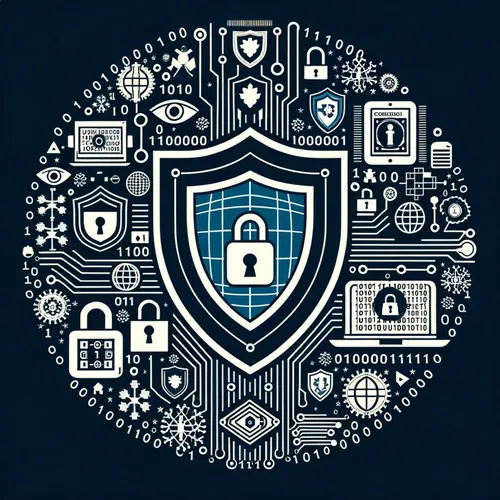Ting's Cyber Tea: US Raises Shield, China Hacks On! Patch Parties, AI Detectives, and 3AM Breach Alerts
- Author
- Quiet. Please
- Published
- Thu 03 Jul 2025
- Episode Link
- https://www.spreaker.com/episode/ting-s-cyber-tea-us-raises-shield-china-hacks-on-patch-parties-ai-detectives-and-3am-breach-alerts--66853302
This is your Tech Shield: US vs China Updates podcast.
Hey, it’s Ting—your favorite cyber-sleuth with a knack for decoding the drama between the US and China in cyberspace. Bad news for anyone hoping this week would be boring: it’s been wall-to-wall action on the cyber front, and I’ve got the latest on the virtual shield America’s trying to raise against Beijing’s hacks.
Let’s get right to it. Following the 2024 exposure of China’s Volt Typhoon group embedding stealthy malware all across US critical infrastructure, the Pentagon and Cybersecurity and Infrastructure Security Agency have launched a volley of new protection measures. This week saw a major advisory push from CISA: energy companies, water utilities, and even satellite operators received tailored playbooks mapping the most likely attack vectors from advanced persistent threats linked to the People’s Liberation Army. The big theme? Harden your supply chains—tighten those third-party vendor controls, and patch, patch, patch.
Patch parties are, in fact, everywhere. Microsoft and Cisco rolled out emergency updates after threat hunters uncovered new zero-days being actively probed by Chinese actors. The good news: most major vendors reacted within hours. The bad? Patch lags remain a glaring gap. With so many legacy systems out there, especially in rural utilities and older government installations, patch compliance is not keeping up with the velocity of fresh exploits.
Now, let’s talk tech. Industry leaders like Sentra and CrowdStrike showcased AI-driven anomaly detection, which uses machine learning to spot even faint hints of malicious lateral movement—the kind of sneakiness Volt Typhoon and its cousins excel at. According to Sentra’s latest reports, these tools are reducing “data blindness,” giving defenders more visibility into cloud resources that were previously virtual black boxes.
Yet, as expert analyst Ward Balcerzak points out, visibility is only half the battle. The real missing link is what he calls “automated containment”—the ability to not just see the threat but instantly wall it off before it spreads. We’ve got the x-ray vision, but the cyber immune system’s still playing catch-up.
Government-wise, the White House and Department of Energy issued fresh advisories raising the threat level on supply chain attacks, urging industry to run tabletop exercises simulating China-based scenarios. Meanwhile, the new recommendations for coordinated cyber drills have been well received, but some regions report a lack of trained responders, hinting at workforce shortages.
Summing up: The US is faster at patching, better at seeing into the digital shadows, and throwing serious resources at the challenge. But with China’s hackers getting more strategic—especially in targeting space systems and critical infrastructure—the gap remains in instant response and in shoring up the human element. As someone who’s watched too many breach notifications drop at 3am, I can tell you: the tech is getting sharper, but the shield is only as good as its weakest, unpatched link. Stay alert, patch up, and keep those incident response kits ready. This fight is only heating up.
For more http://www.quietplease.ai
Get the best deals https://amzn.to/3ODvOta
